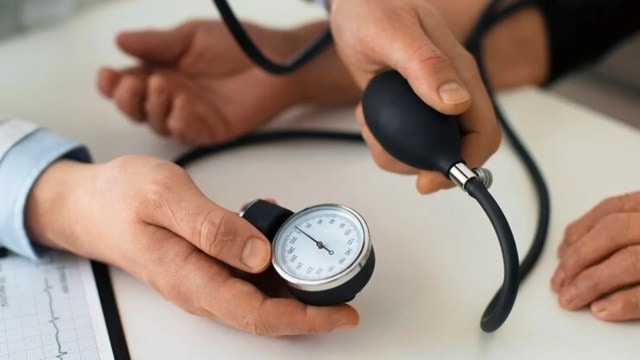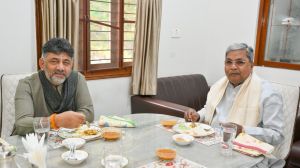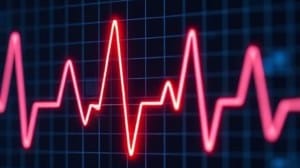World Stroke Day | Blood pressure, diabetes and smoking increase risk of brain stroke: Expert
Time is crucial, as loss of oxygen to the brain cells for even one minute can cause loss of 1.8 million neurons.
 Regulate blood pressure, as any elevation in BP can increase the chance of getting a stroke. (Source: File)
Regulate blood pressure, as any elevation in BP can increase the chance of getting a stroke. (Source: File)Stroke is a leading cause of serious long-term disability and continues to claim several lives across the world. To sensitise people about stroke and its related complications, World Stroke Day is observed on October 29 every year. The theme this year is ‘Every Minute Counts’, emphasising swift medical intervention. Dr H S Mann, Director, Department of Neurology, Fortis Hospital, Mohali, gives insight into the causes, symptoms, precautions and treatment options for brain stroke.
What is a stroke?
A stroke occurs when blood circulation to a part of the brain is blocked or when a blood vessel in the brain bursts. “This may lead to death of the brain cells owing to decreased blood flow and lack of oxygen. It is a medical emergency and warrants medical intervention.”
Causes
A stroke is usually triggered by hypertension, diabetes, high cholesterol levels, obesity, smoking, and excessive alcohol consumption.
Warning Signs: ‘BE FAST’
The symptoms include loss of balance, visual complaints, sudden weakness or paralysis of the face, arm or leg (especially on one side of the body), and sudden speech difficulty. ‘Be-FAST’: B- loss of balance, E- eyesight deteriorates, F- facial drooping,
A- arm weakness, S- speech difficulty and T- don’t lose time.
Importance of golden hour
Time is crucial, as loss of oxygen to the brain cells for even one minute can cause loss of 1.8 million neurons. Immediate medical treatment (within 4-5 hours) with or without mechanical thrombectomy is required.
Prevention
Regulate blood pressure, as any elevation in BP can increase the chance of getting a stroke. Keep tabs on diabetes, limit sugar consumption, quit smoking, and reduce alcohol intake. Physical activity is important as it improves blood flow and keeps weight under control.







